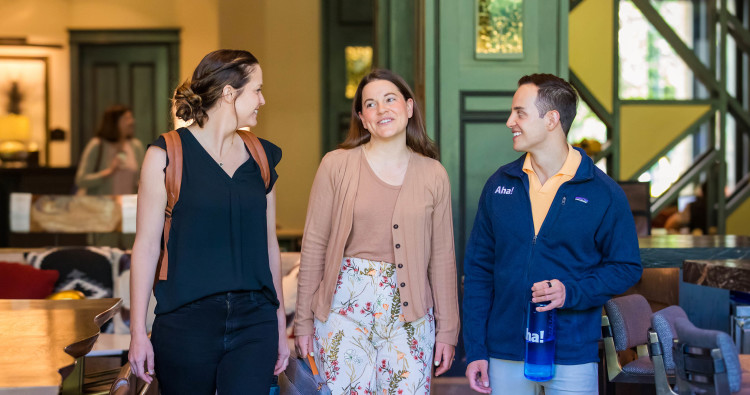
The New Chief Hope Officer
"What do we get paid for?" I was asked to speak to a group of product leaders recently at a major private equity firm. And this is how I opened up the presentation — with a big-picture question about what it is product managers do. If you look back at what I have written on the Aha! blog and in my book, Lovability, the answer seems easy.
We get paid to build products people really love. But recent events have made me rethink that.
This might surprise you because for years I have championed what I call the Minimum Lovable Product (MLP). I was writing about it back when we launched Aha! in 2013. It was meant to be a direct challenge to the Minimum Viable Product (MVP). The idea is that you cannot generate loyalty or obtain long-term success by delivering a bare-minimum product that your customers simply tolerate. Instead, you need to aim for love — genuine love from your customers.
The MLP resonated deeply with forward-thinking product managers. Our team at Aha! sees this with folks who are using our roadmapping software and I have seen it when I have spoken at events in the past. With so many choices available to customers today, product managers cannot push a half-baked product to market.
If you think that now is the time for the MLP, then you have to buy into a critical assumption — that your customers have problems and needs that you can help solve. Whatever the challenges we face right now, to work with purpose means we work with confidence in our abilities and optimism. This is the foundation of my new answer to the question of what we get paid for.
(Think about what you get paid for before you read on and write down your own answer. Then after you finish reading this, talk to your colleagues and find out what they think. And send me any insights that come out of those conversations.) Okay, so what do I think product and company builders really get paid for?
We get paid for hope — the best product builders believe the future will be better than today.
If you do not agree with that core concept, you are likely in the wrong job. You would not give your best if you thought the future would be worse. You would just muddle along with no inspiration and no care for what your customers really need. You would certainly not make a roadmap or engage with customers to keep solving problems. Without hope, there would be no product plans.
Building on that concept of hope, I told the group of product leaders and business executives that I was speaking with that perhaps we should change the title of Chief Product Officers to Chief Hope Officers. Was I being facetious? Not really.
The people who need the most hope in business are the ones helping to build the future.
In technology companies, those people tend to be building the products companies sell. You are responsible for setting strategy, vetting ideas, determining launch dates, and developing features. You are the ones creating the product that will one day end someone’s search. But you can only do this well if you truly have hope.
Hope often comes from empathy and vision. It also takes leadership to move a company in the right direction. Teams need reassurance that even during hard and uncertain times, innovation is still possible. Now is our chance as leaders to truly make a difference in our companies, in the lives of our customers, and in the communities around us. Teams need someone with the courage to take the first step towards hope. They need someone to show that it is okay to follow. In a sense, teams need a Chief Hope Officer.
Of course, there is no roadmap for building products during a pandemic and social injustice. Many organizations are facing declining sales and customer churn, which has led to decreased spending and hiring freezes. People are scared and unsure how to proceed.
We are all navigating how we can best contribute in a meaningful way as leaders and teammates — which requires hope. It is not easy to change the world for the better. But we have the moral responsibility to try.
Hope is under massive pressure. Fear tells us to hunker down, stick with the known, and avoid risk. But now is not the time to retreat. We need hope now more than at any point in our lifetimes. We need leaders and we need visions of future goodness.
The Chief Hope Officer is a nice idea. But no individual can drive the change we need. It is all of our responsibilities — especially those of us who are building companies and products — to go boldly and bravely. That is what we get paid for.
Roadmap the future with Aha! — sign up for a free 30-day trial.




